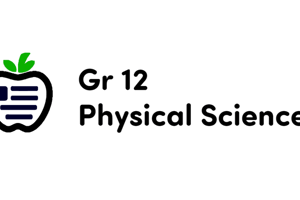Podcast
Questions and Answers
What is the relationship between the current flowing through a conductor and the potential difference across its two ends according to Ohm’s law?
What is the relationship between the current flowing through a conductor and the potential difference across its two ends according to Ohm’s law?
- Varies randomly
- Directly proportional (correct)
- Inversely proportional
- Unrelated
If the potential difference across the two ends of a conductor is doubled, what happens to the current flowing through it, according to Ohm’s law?
If the potential difference across the two ends of a conductor is doubled, what happens to the current flowing through it, according to Ohm’s law?
- It becomes zero
- It doubles (correct)
- It halves
- It remains the same
What happens to the current flowing through a conductor if the potential difference across its two ends is reduced to zero, according to Ohm’s law?
What happens to the current flowing through a conductor if the potential difference across its two ends is reduced to zero, according to Ohm’s law?
- It remains the same
- It doubles
- It becomes negative
- It becomes zero (correct)
In the context of Ohm’s law, what is the relationship between current and potential difference when physical conditions are kept constant?
In the context of Ohm’s law, what is the relationship between current and potential difference when physical conditions are kept constant?
Study Notes
Ohm's Law
- The current flowing through a conductor is directly proportional to the potential difference across its two ends.
- If the potential difference across the two ends of a conductor is doubled, the current flowing through it will also double.
- If the potential difference across the two ends of a conductor is reduced to zero, the current flowing through it will also reduce to zero.
- When physical conditions are kept constant, the current and potential difference are directly proportional, meaning that as one increases, the other also increases, and vice versa.
Studying That Suits You
Use AI to generate personalized quizzes and flashcards to suit your learning preferences.
Description
Test your understanding of Ohm's law with this quiz question about the relationship between current, potential difference, and electrical conductors.




